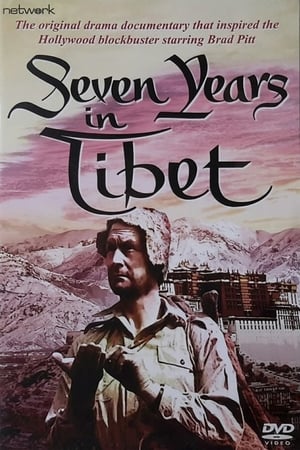
Seven Years in Tibet
I though there was something of the Jack Cardiff to the glorious photography in this slightly dramatised documentary about Heinrich Harrer, a man captured by the British in their North Western provinces of India but who, using a remarkably simple disguise, manages to escape with three colleagues. He is a mountaineer, and decides that north into the vast expanse of the Himalayan plateau is his best chance of survival. Luckily, he'd had the presence of mind to hide his compass in an old hut, so armed with that and precious little else he heads to the snow line. Along the way, he surprisingly meets up again with those he escaped with and so they all continue up the pass. The altitude and the cold drive them to near exhaustion, and two of them turn back leaving him and Peter Aufschnaiter to press on. With little to eat, they rely on the occasional goat-herder before finally arriving in the forbidden land of Tibet - where they are politely told to get lost. They persevere, though, and before long they arrive in a bustling and welcoming Lhasa. This film doesn't quite explain how this came about, but soon he is taking photographs for and then becomes good friends with the Dalai Lama. He is a curiously spiritual figure who lives in the grand palace and whom his people adore rather than worship. Not long after, the Red Chinese start to make their presence felt and the rest, as they say... It's the imagery that delivers best here, really capturing the brilliance of the light; the extremes of cold and the generosity of spirit from a population unused to even the most basic of technologies. Accompanying their seven years in this tranquil country, we are treated to some spirituality courtesy of a veiled priestess who foretells his arrival and many other things as the days of independence dwindle. It's not remotely political and I think that's what makes it just that. It allows us to make our own judgments about the encroachments of the Communists into this land of monks, farmers and the true deity of this nation. The yak. It's milk, cheese, skin and even it's poo being vital to the survival of this ancient society that was capable of erecting one of the most impressive pieces of architecture on Earth.
